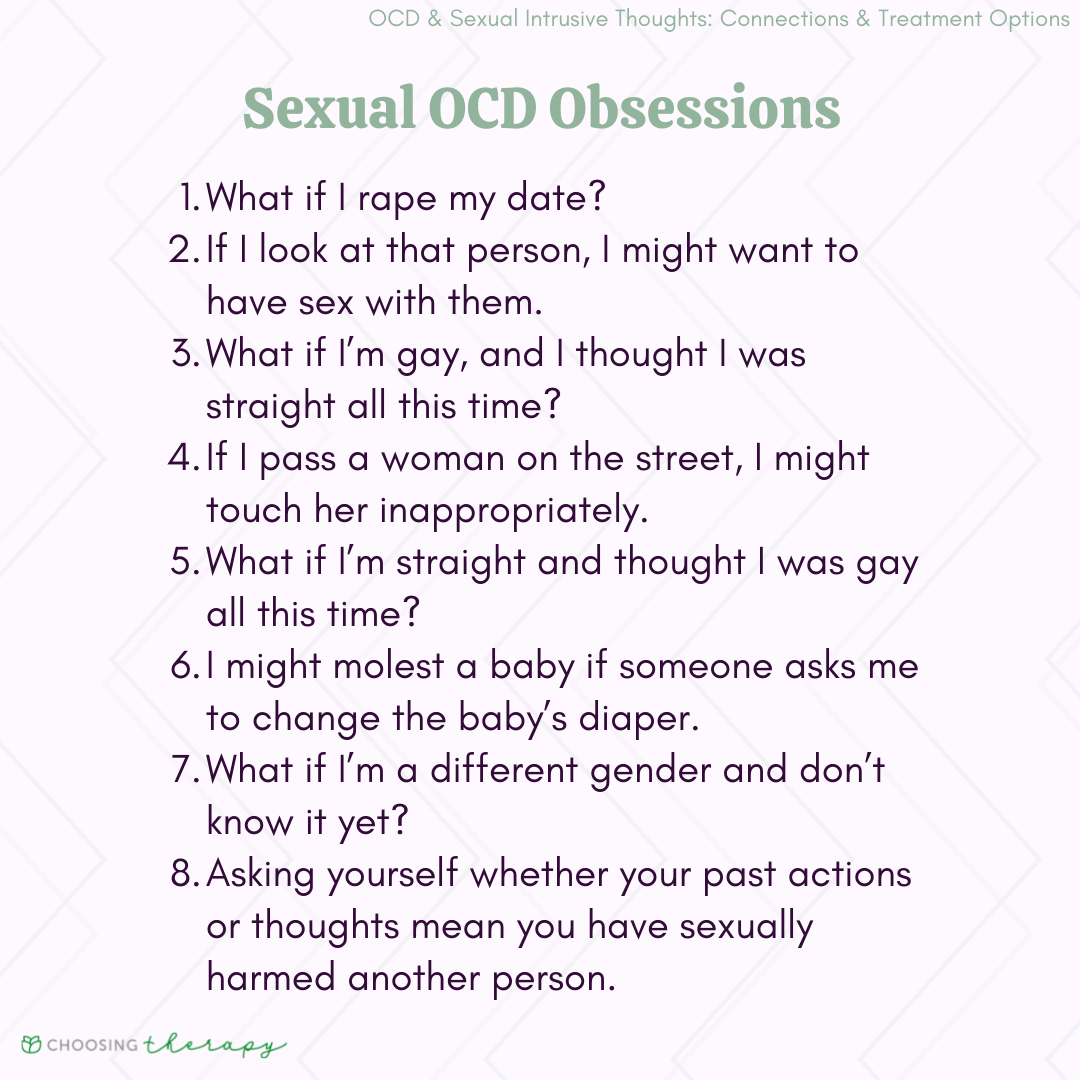Lily Kawaii Death: The juxtaposition of the cute, childlike “kawaii” aesthetic with the stark reality of death creates a captivating and often unsettling visual genre. This exploration delves into the imagery, symbolism, and emotional impact of this unique artistic expression, examining its cultural influences and audience reception.
From melancholic to playful, the visual representations of “lily kawaii death” range widely. The use of pastel palettes, stylized characters, and symbolic lilies often contrasts sharply with the darker themes, creating a compelling tension. This article examines the artistic choices that contribute to the overall emotional effect, exploring the interpretations and meanings behind this increasingly popular online phenomenon.
Visual Representations of “Lily Kawaii Death”
The aesthetic of “lily kawaii death” presents a striking juxtaposition of seemingly contradictory elements: the cute and innocent “kawaii” style contrasted with the somber theme of death. This visual paradox creates a unique and often unsettling effect, capturing the attention of viewers and prompting diverse emotional responses. The imagery relies heavily on specific visual elements to achieve this balance.
Typical Visual Elements
The visual language of “lily kawaii death” employs a distinct combination of elements to convey its message. These elements often include pastel color palettes, stylized character designs, and symbolic objects, all working together to create a specific atmosphere.
| Color Palette | Character Design | Symbolic Objects | Overall Impression |
|---|---|---|---|
| Pastel pinks, blues, and purples, often with muted greys and blacks | Large, expressive eyes; small, delicate features; often featuring pale skin | Wilting lilies, skulls stylized in a cute manner, candy-like depictions of blood | Sweet yet melancholic |
| Vibrant, saturated colors with pops of dark accents | Characters with exaggerated features, playful poses, slightly unsettling expressions | Lilies in full bloom alongside decaying elements, playful skeletons, cheerful yet morbid imagery | Playful yet unsettling |
| Desaturated, muted tones; predominantly greys, whites, and blacks with sparse accents of color | Characters with downcast eyes, slumped posture, pale or sickly complexions | Dried lilies, realistic skulls, somber imagery | Deeply melancholic |
| Dark, gothic color palettes, accented with bright, contrasting colors | Characters with sharp, angular features, dark clothing, gothic-inspired details | Black lilies, ornate crosses, decaying elements | Dark and dramatic |
Contrast Between Kawaii and Death
The juxtaposition of “kawaii” and “death” is visually achieved through the strategic use of contrasting elements. The inherent cuteness of the “kawaii” style, with its large eyes and pastel colors, is directly counterpointed by imagery associated with death, such as wilting flowers, skulls, or other morbid symbols. This contrast creates a sense of unease and intrigue, highlighting the fragility of life and the beauty found even in decay.
Three Distinct Visual Representations
Three distinct visual representations of “lily kawaii death,” each conveying a different emotional tone, could be designed as follows:
- Melancholic: A pale-skinned girl with large, downcast eyes, dressed in a flowing white dress, stands amidst a field of wilting lilies. The color palette is muted, dominated by greys and whites, with a hint of pale blue. The overall mood is one of quiet sorrow and reflection.
- Playful: A character with exaggerated features and bright clothing interacts with a cheerfully-rendered skeleton holding a bouquet of lilies. The colors are vibrant and slightly desaturated, creating a sense of whimsical morbidity. The scene suggests a lighthearted acceptance of mortality.
- Unsettling: A close-up of a cute, stylized skull adorned with wilting lilies, presented in a highly detailed and realistic manner. The color palette is dark and moody, with deep reds and blacks accentuating the decay. The overall effect is unsettling and deeply disturbing, emphasizing the macabre aspect of the theme.
Interpretations and Symbolism
The meaning behind “lily kawaii death” is multifaceted and open to interpretation. The lily itself holds significant symbolic weight, varying across cultures and contexts. Furthermore, the combination with “kawaii” and “death” adds layers of complexity to the overall message.
Symbolic Meanings of Lilies, Lily kawaii death
Lilies, while often associated with purity and innocence, also carry connotations of death and rebirth in various cultures. In some traditions, white lilies symbolize funerals and mourning, while in others, they represent resurrection and new beginnings. This duality perfectly complements the conflicting aesthetics of “kawaii death”.
Recurring Motifs and Symbols
Recurring motifs frequently associated with “lily kawaii death” in online art include stylized skulls, decaying elements presented in a cute way, and wilting or blooming lilies juxtaposed with cheerful or morbid imagery. These symbols work together to create a unique visual vocabulary, conveying a specific message of sweet sorrow, or morbid playfulness.
Three Interpretations of “Lily Kawaii Death”
- The fleeting nature of beauty and innocence: The “kawaii” elements represent the ephemeral beauty of youth and life, while the “death” aspect highlights its inevitable end. The lilies act as a visual metaphor for this transient beauty.
- A celebration of life’s duality: The juxtaposition of cuteness and death emphasizes the paradoxical nature of existence, showcasing the beauty that can be found even in the face of mortality. The “kawaii” style softens the harshness of death, offering a more approachable perspective.
- The dark side of innocence: This interpretation suggests a darker, more unsettling meaning. The “kawaii” aesthetic is used to mask a more sinister underlying theme, highlighting the potential for darkness to exist even within seemingly innocent things.
Emotional Impact and Audience Reception

The combination of “kawaii” and “death” in visual art can evoke a wide range of emotional responses in viewers, from melancholy and introspection to fascination and unease. Understanding these responses and the target audience is crucial for analyzing the impact of this aesthetic.
Emotional Responses
The emotional impact of “lily kawaii death” imagery is highly subjective. Some viewers may find it melancholic and introspective, while others might experience a sense of unease or even fascination with the macabre. The specific emotional response is heavily influenced by individual experiences, cultural background, and personal interpretation.
Target Audience
The target audience for “lily kawaii death” imagery is likely to include individuals drawn to darker aesthetics, those who appreciate the juxtaposition of contrasting elements, and fans of Japanese pop culture and related subcultures, such as gothic lolita. The appeal lies in the unique blend of cuteness and darkness, creating a visually stimulating and emotionally resonant experience.
Expand your understanding about unblocked games undertalecharlotte craigslist nc with the sources we offer.
Hypothetical Viewer Reaction
Imagine a viewer encountering a piece of art depicting a cute, stylized character surrounded by wilting lilies. Initially, the viewer might be drawn to the character’s “kawaii” features. However, upon closer inspection, the wilting lilies and subtle details might evoke a sense of sadness and mortality. This juxtaposition of initial attraction and subsequent melancholy could lead to a thoughtful reflection on the fleeting nature of life and beauty.
The Role of Context and Presentation
The impact of “lily kawaii death” imagery is significantly shaped by its context and presentation. The medium, color grading, lighting, and accompanying music all play crucial roles in influencing the viewer’s interpretation.
Impact of Context
Presenting “lily kawaii death” imagery in a video game might emphasize the playful or unsettling aspects, depending on the game’s overall tone. In a painting, the focus might be on the artistic expression of the themes. A short story using this imagery could explore the narrative and emotional depths of the concept more fully.
Influence of Presentation
Dark, muted color grading can enhance the melancholic aspects, while vibrant colors might highlight the playful elements. Subtle lighting can create an atmosphere of mystery and intrigue, while harsh lighting could emphasize the morbid aspects. The music accompanying the imagery also plays a vital role in setting the overall mood and tone.
Altering Visual Elements
Changing the color of the lilies from white to black could shift the mood from innocent sorrow to a more overtly morbid tone. Altering character expressions, from a gentle sadness to a sinister grin, could drastically change the overall meaning and impact of the image.
Cultural and Artistic Influences: Lily Kawaii Death
The “lily kawaii death” aesthetic draws upon a variety of cultural and artistic influences, blending elements from various sources to create its unique identity. Understanding these influences provides valuable insight into the aesthetic’s origins and evolution.
Artistic and Cultural Influences

- Japanese kawaii culture
- Gothic lolita fashion
- Dark fantasy art
- Memento mori symbolism
- Japanese death imagery and traditions
- Western gothic art
The “lily kawaii death” aesthetic, a potent blend of contrasting elements, successfully captures a complex emotional landscape. By analyzing its visual components, symbolic meanings, and cultural influences, we gain a deeper understanding of its appeal and the thought-provoking responses it elicits. The deliberate juxtaposition of cuteness and mortality creates a unique artistic space for exploring themes of life, loss, and the complexities of human emotion.



